10 Ways To Use Teacher Stickers In The Classroom
Hey teacher!
Stickers might seem like a small classroom tool, but their potential to enhance learning, organisation, and motivation is anything but small! From encouraging students with rewards to helping them master essential skills like handwriting and scissor grip, stickers can transform everyday tasks into fun and engaging activities.
Whether you’re using them for tracking progress, promoting positive behaviour, or keeping things organised, stickers are a versatile and creative addition to your teaching toolkit.
Using Stickers to Improve Handwriting
Stickers can be a simple yet effective tool for improving handwriting by acting as start points on writing lines. Placing a small sticker at the beginning of each line provides students with a clear visual cue for where to start their letters or sentences, helping to develop proper alignment and spacing.
This method is particularly helpful for younger students or those learning to write for the first time, making the process both engaging and structured.
Interactive Reward Charts
Interactive reward charts are a fantastic way to encourage positive behaviour and celebrate achievements in the classroom.
Whether you create individual charts for each student or a collaborative class-wide chart, stickers become a fun and tangible reward for completing tasks, demonstrating good behaviour, or reaching milestones.
This approach not only motivates students but also helps them visualise their progress, fostering a sense of accomplishment. Reward charts can be customised to suit various goals, from academic achievements to teamwork, making them a versatile and engaging tool for any classroom.
Scissor Grip Guidance
Teaching proper scissor grip can be a challenge, but a simple sticker can make all the difference!
Placing a small sticker, like a smiley face or a star, on the thumb hole of scissors gives students a clear visual cue to help them remember which way their thumb should go.
This easy trick not only supports motor skill development but also builds confidence as students master this essential skill. It’s a fun and practical way to make cutting tasks more intuitive for young learners.
Reading Progress Trackers
Tracking reading progress becomes an exciting adventure with the help of stickers. Create a classroom chart or provide individual bookmarks where students can place a sticker each time they finish a book or reach a reading milestone.
This simple system not only motivates students to read more but also gives them a sense of accomplishment as they see their progress grow visually. It’s a fantastic way to celebrate their dedication to reading while fostering a lifelong love for books.
Maths Problem Checkpoints
Stickers can be a valuable tool for guiding students through challenging math problems. By placing stickers at specific points in multi-step equations, you can highlight key problems or steps that require extra attention.
This approach helps students stay focused and organised, ensuring they don’t miss critical elements in the process. Stickers act as visual reminders, breaking complex tasks into manageable parts, and building confidence as students work through tricky equations one step at a time.
Colourful Organisation for Activities
Using stickers to identify student groups is a simple and effective way to keep activities and rotations organised.
Assign a different sticker design or colour to each group, making it easy to visually distinguish between them.
This method ensures smoother transitions between tasks and helps students quickly recognise their group during collaborative activities.
It’s an efficient system that adds a pop of fun to classroom organisation while keeping everything running smoothly.
Self-Assessment Stickers
Stickers can play a powerful role in helping students self-assess their understanding and confidence.
By using a simple colour-coded system—green for confident, yellow for unsure, and red for needing help—students can quickly indicate how they feel about their work or grasp of a concept.
This approach encourages self-reflection and communication, giving teachers valuable insights into where students may need extra support. It’s an empowering and interactive way to make learning more student-centred.
Desk Helpers
Stickers can be a practical solution for keeping desks organised and helping students stay on track.
Placing small stickers on desks can indicate key positions, such as where to place pencils, books, or other supplies.
You can also use them as handy reminders for right and left hands, making it easier for younger students to follow directions. This simple strategy adds a touch of fun while promoting organisation and independence in the classroom.
Encouragement Tags
Stickers can be a delightful way to acknowledge and reward positive behaviour in the classroom.
Hand them out to students who demonstrate kindness, teamwork, or effort as an immediate and tangible form of recognition.
These small but meaningful tokens encourage a supportive and collaborative classroom atmosphere while reinforcing the importance of good character and hard work.
Homework Reminders
Keep students on track with colourful sticker reminders on their homework sheets.
These stickers can highlight important details like due dates, special instructions, or areas that need extra attention.
It’s a simple yet effective way to ensure assignments are completed correctly and on time, all while adding a cheerful touch to homework tasks.
Incorporating stickers into your teaching routine is an easy and effective way to make learning more interactive and enjoyable.
Their bright and colourful appeal captures students’ attention, while their practical uses help streamline classroom management. Whether you’re guiding students through tricky concepts, celebrating their
achievements, or simply adding a bit of fun to their day, stickers prove that small things can make a big impact. Why not give these ideas a try and see how stickers can transform your classroom?
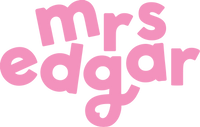

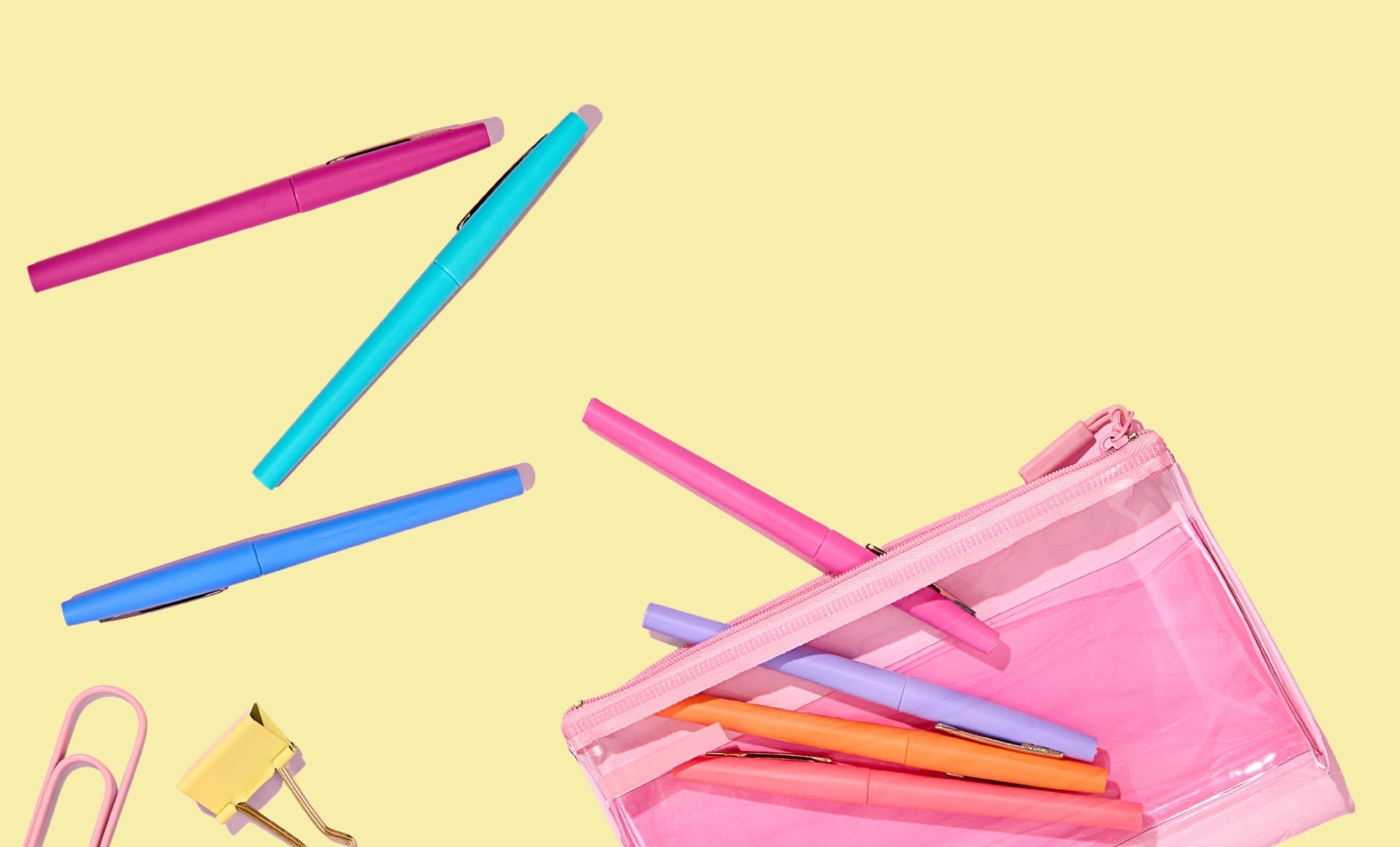
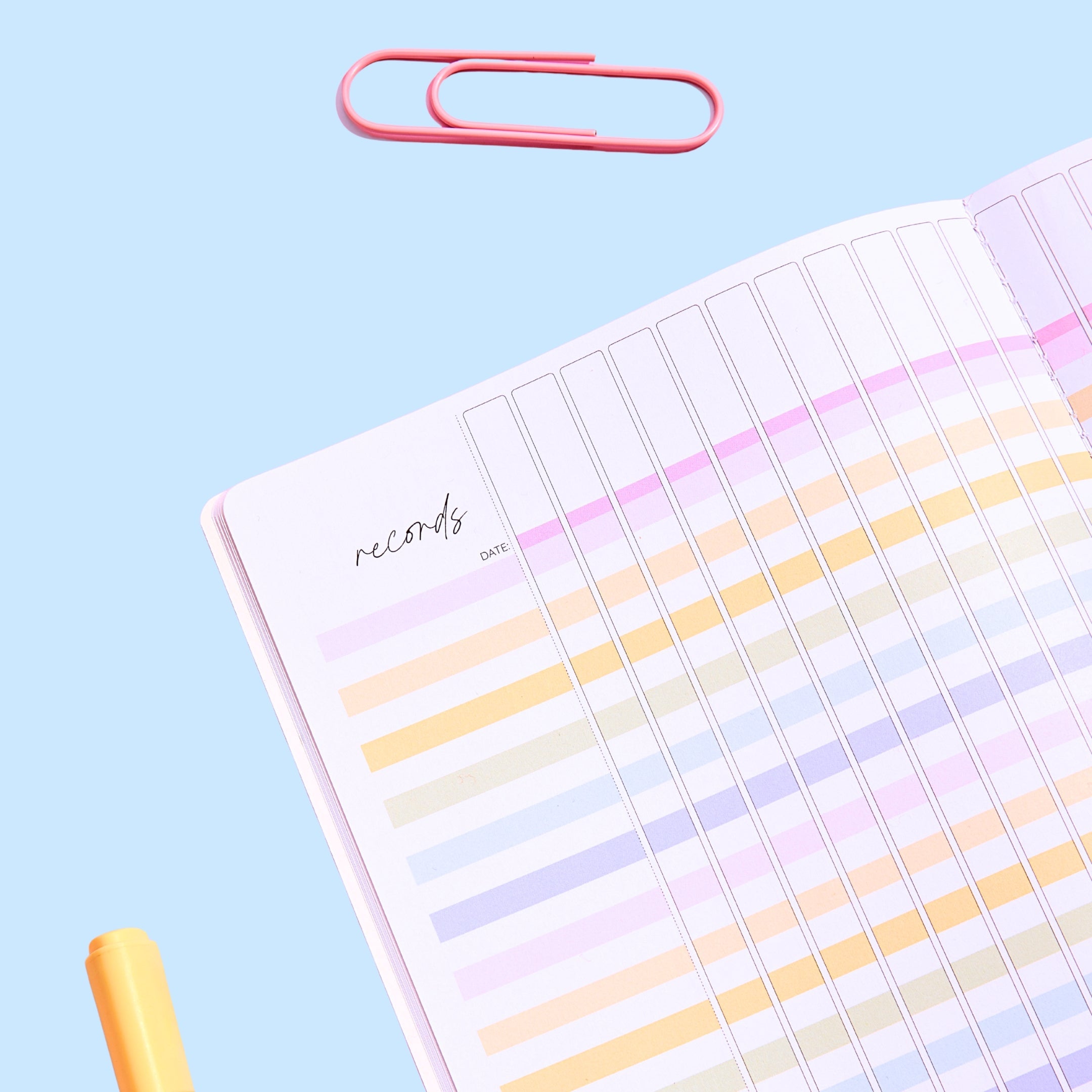
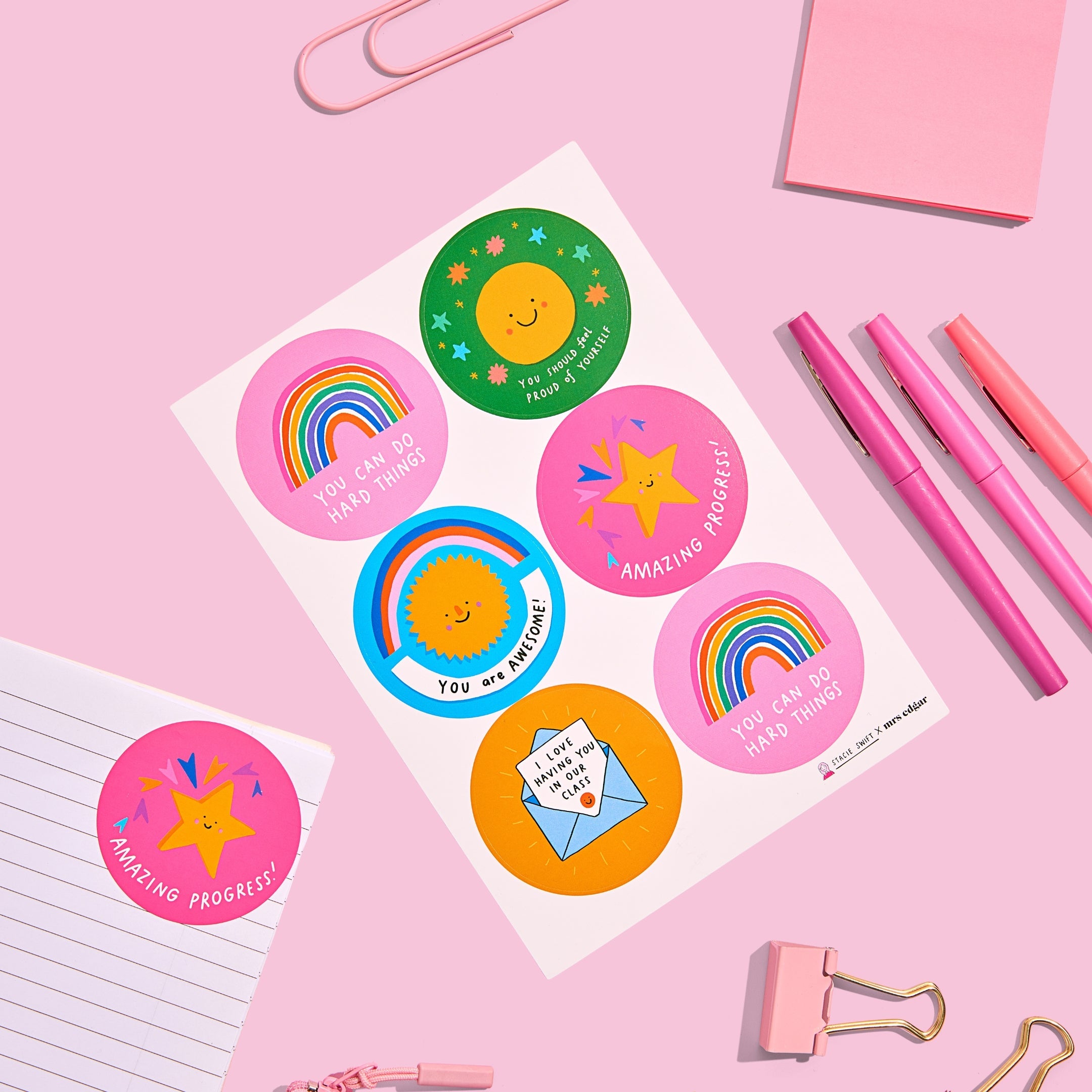

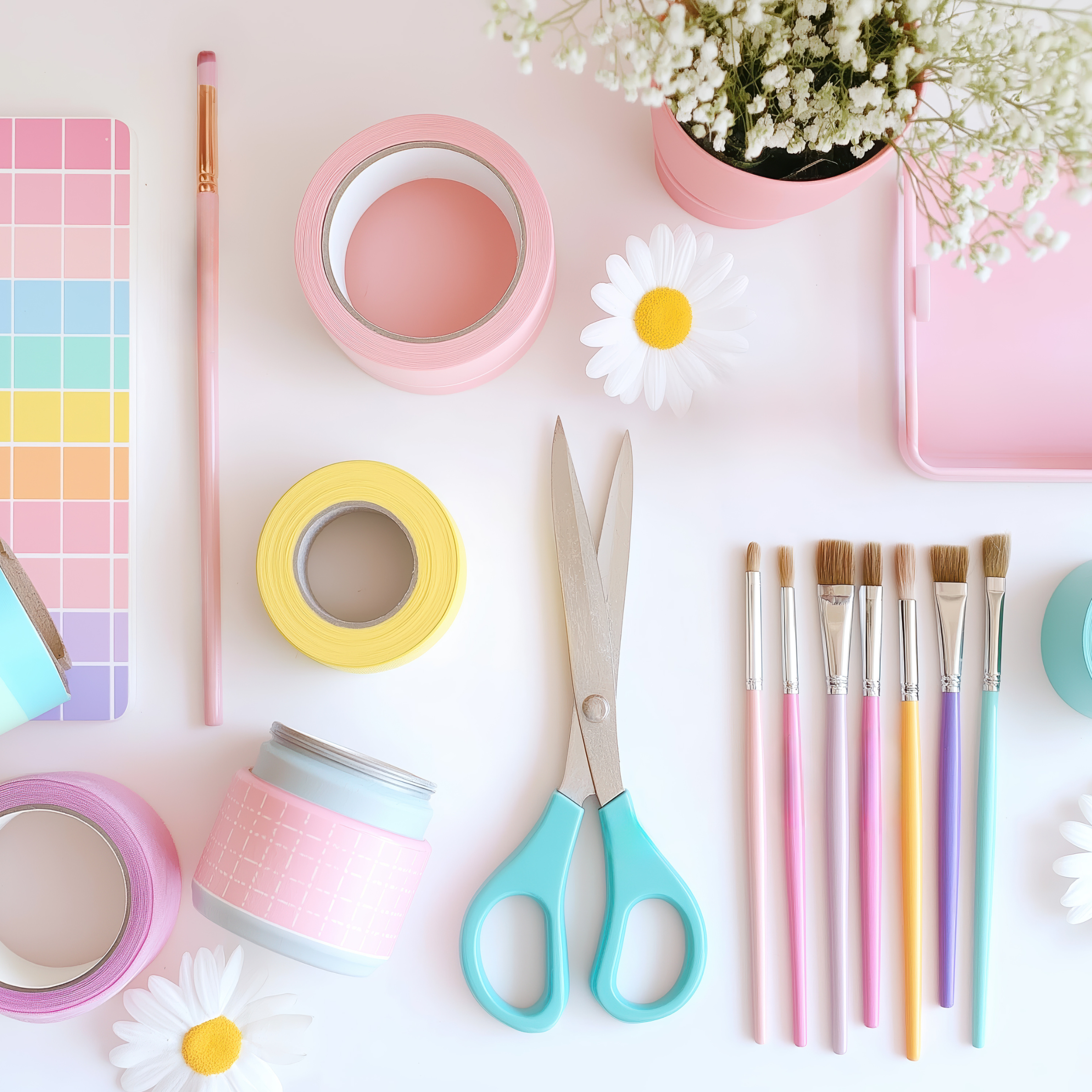









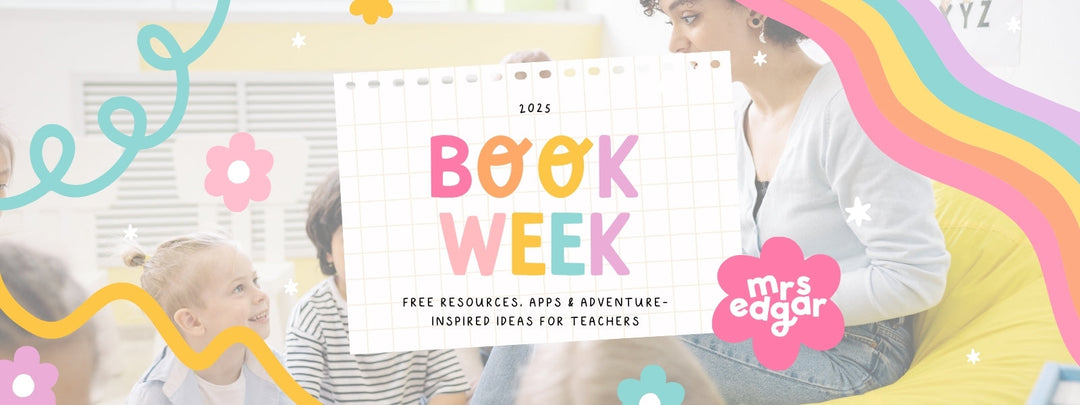
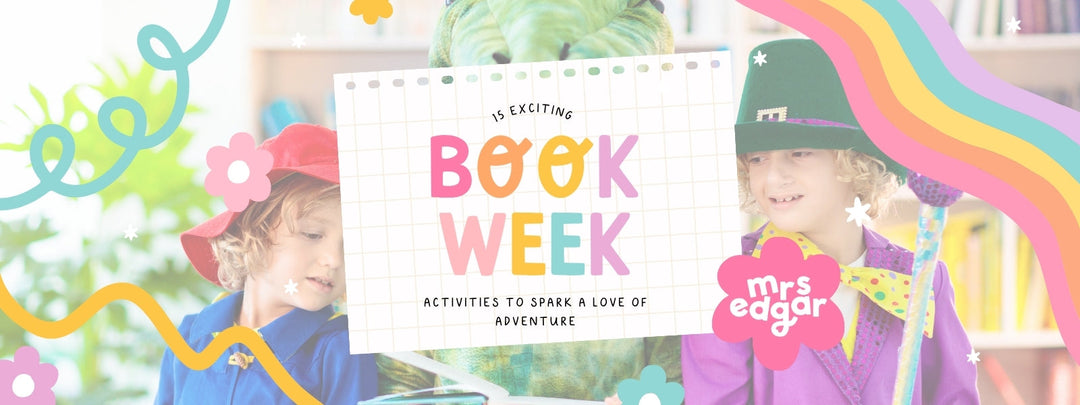
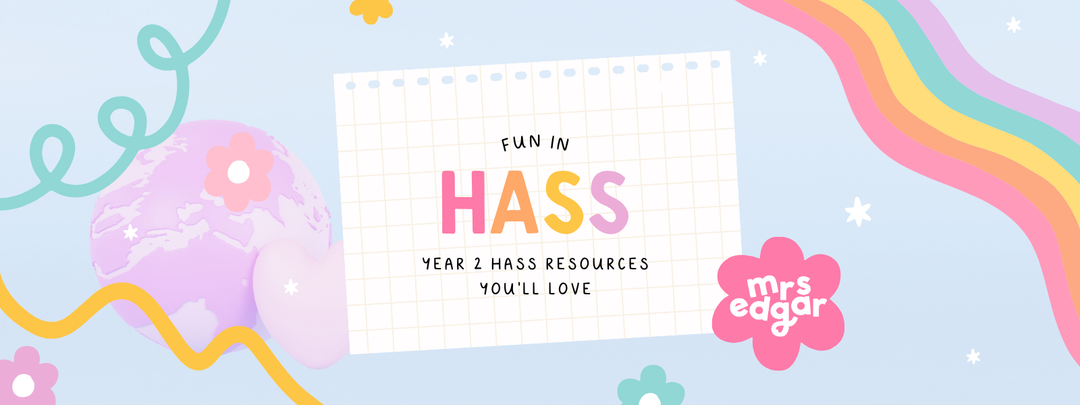
Leave a comment